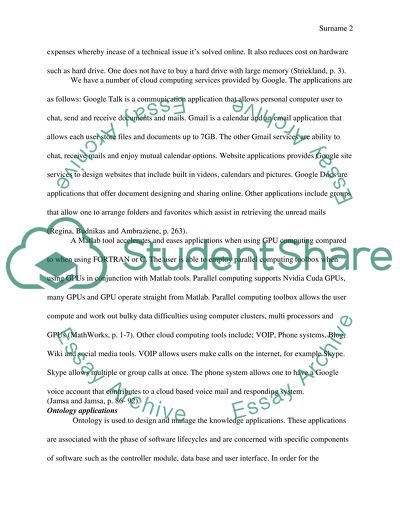Cite this document
(“Implementation of Knowledge Mining with Ontology Research Paper”, n.d.)
Implementation of Knowledge Mining with Ontology Research Paper. Retrieved from https://studentshare.org/information-technology/1451915-implementation-of-knowledge-mining-with-ontology
Implementation of Knowledge Mining with Ontology Research Paper. Retrieved from https://studentshare.org/information-technology/1451915-implementation-of-knowledge-mining-with-ontology
(Implementation of Knowledge Mining With Ontology Research Paper)
Implementation of Knowledge Mining With Ontology Research Paper. https://studentshare.org/information-technology/1451915-implementation-of-knowledge-mining-with-ontology.
Implementation of Knowledge Mining With Ontology Research Paper. https://studentshare.org/information-technology/1451915-implementation-of-knowledge-mining-with-ontology.
“Implementation of Knowledge Mining With Ontology Research Paper”, n.d. https://studentshare.org/information-technology/1451915-implementation-of-knowledge-mining-with-ontology.


